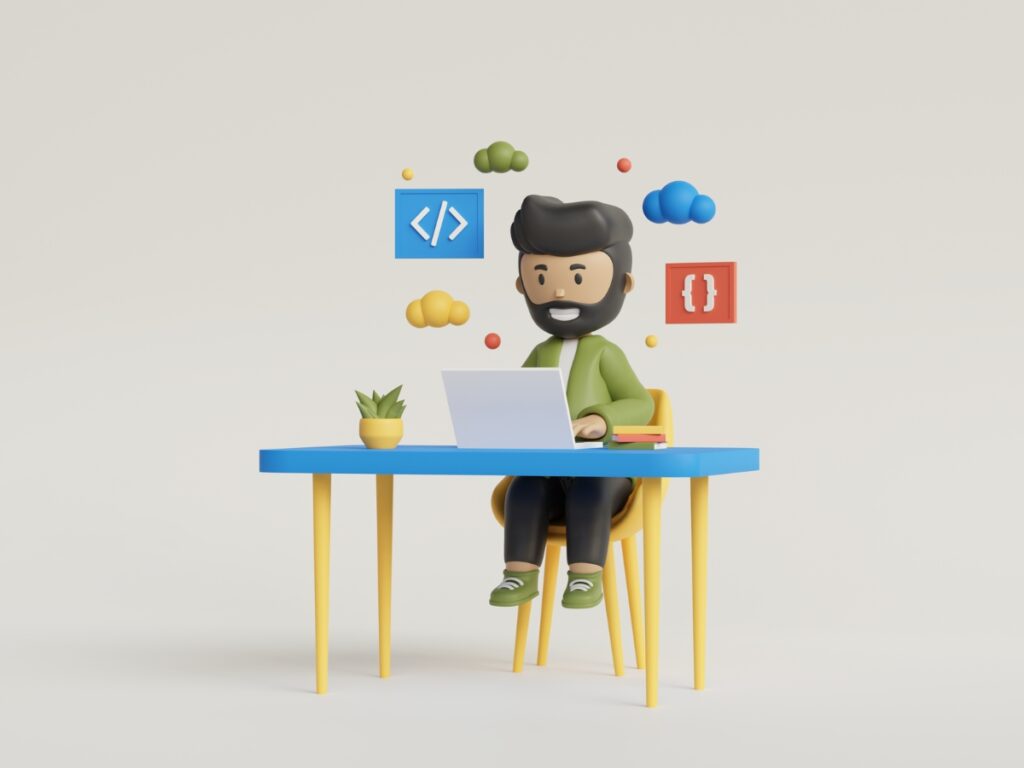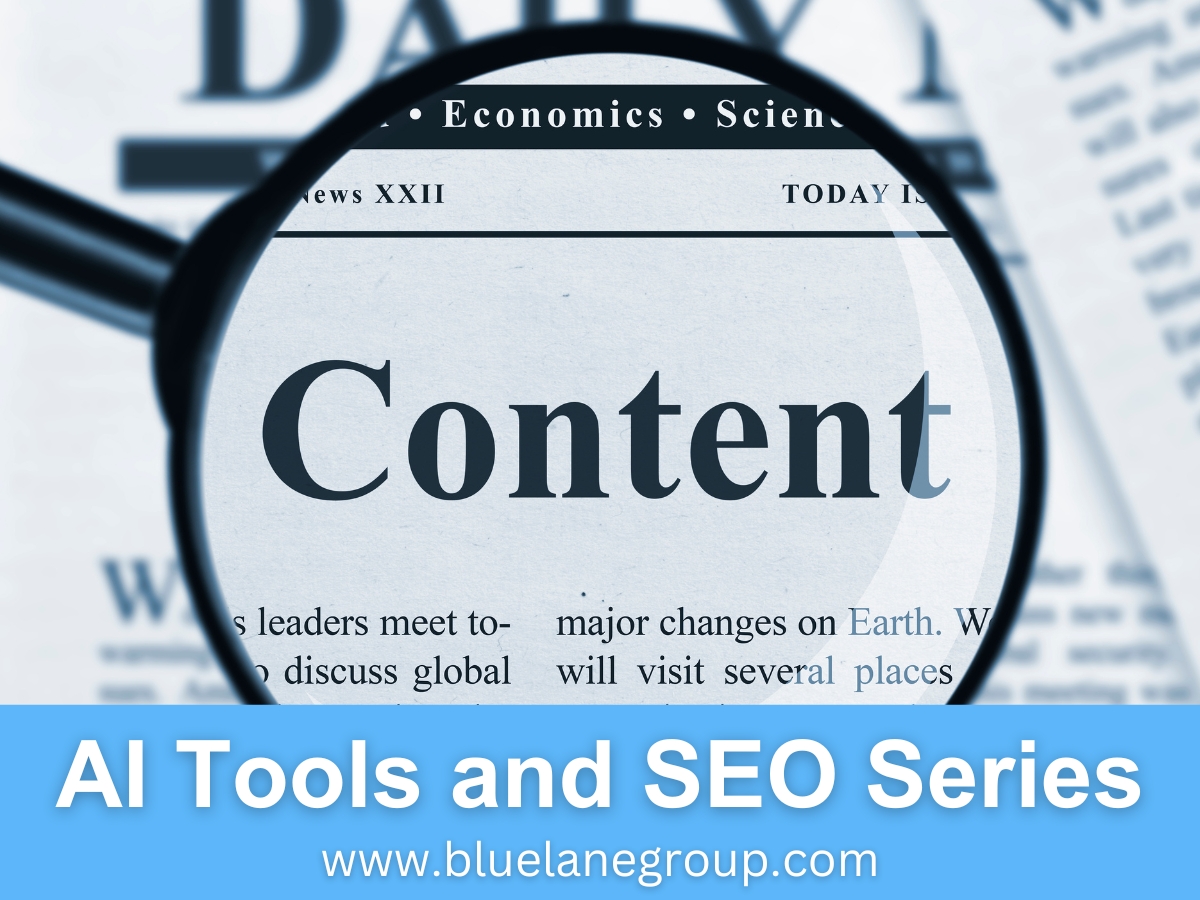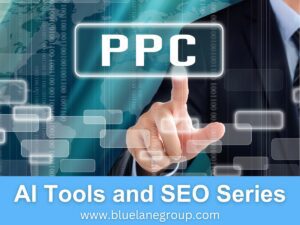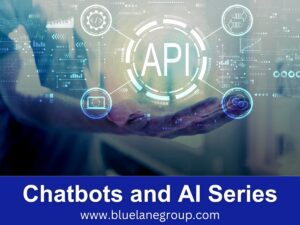Introduction: Unleashing the Power of Content Personalization with AI
In this eye-opening guide, we zero in on content personalization with AI and how it’s reshaping how we engage users online; we will explore its pivotal features, advantages, and indispensable role in enhancing user experiences across digital landscapes.
Quick Snapshot – For Those Running Against the Clock
- Content personalization with AI is not just another trend; it’s a holistic approach that leverages machine learning and real-time data to create personalized user experiences. This technology enables targeted content delivery, elevating user engagement and maximizing conversion rates. Mastering AI-driven content personalization offers an invaluable advantage in today’s competitive online environment.
- With content personalization via AI, you’re not just guessing what the user might like; you’re leveraging data-driven insights to create a more engaging and interactive experience. AI-driven content personalization is vital for capturing user attention and achieving business objectives in the ever-competitive digital space in the ever-competitive digital area in the ever-competitive digital room.
Welcome to the fourth article in the Blue Lane Group series on AI Tools and SEO: Building Tomorrow’s Search Strategies Today. This series examines how artificial intelligence is reshaping the field of search engine optimization, offering tools and strategies to boost website rankings, improve user engagement, and make content more relevant.

Disclosure: The digital products mentioned in this article are highly regarded in the marketplace and are endorsed by the Blue Lane Group staff. We may earn a commission at no additional cost if you purchase through the provided links.
Table of Contents

The Need for Personalized Content
In today’s fast-paced digital landscape, user engagement is everything. Personalized content boosts user engagement and significantly improves the overall user experience. Gone are the days when one-size-fits-all content could make an impact.
Users are now looking for tailored experiences that resonate with their needs and preferences. With competition just a click away, the importance of personalized content in shaping user experiences and driving conversions can’t be overstated.
Manual Curation vs. AI-Driven Content Personalization
Traditionally, content personalization was executed manually, a time-consuming process and prone to human error. While manual curation allowed for a degree of personalization, it couldn’t scale or adapt in real time. Enter AI-driven content personalization.
Utilizing machine learning algorithms, AI tools like OneSpot and Adobe Target offer real-time, scalable solutions that outperform manual methods, significantly elevating the user experience.
What Sets AI-Driven Personalization Apart
AI-driven personalization tools use advanced machine learning algorithms to analyze user behavior, past interactions, and other data points to deliver a highly personalized experience.
Unlike manual methods, AI can process considerable datasets in real time, offering insights and personalization at an unprecedented scale. Products like Dynamic Yield and Algolia take it further by providing real-time segmentation and automated A/B testing.
Ultimately, AI-driven personalization allows businesses to transform the user experience by delivering the right content to the right person at the right time.

How Content Personalization with AI Works
AI-powered content personalization operates by collecting and analyzing vast amounts of data to create detailed user profiles. Advanced machine learning algorithms analyze behavioral patterns, such as click-through rates, page views, and time spent on a page.
AI tools like Optimizely and Evergage then leverage these profiles to serve the most relevant content to each user in real time. The goal is maximizing engagement, improving user satisfaction, and increasing conversion rates.
The Algorithms Behind Content Personalization
At the core of AI-driven content personalization are sophisticated algorithms capable of real-time learning and adaptation. Tools such as BlueConic employ clustering and classification techniques to group users based on their behavior, preferences, and past interactions.
This enables the system to predict future behavior and adjust the content accordingly. As users engage more with the platform, the algorithms continue to learn and refine their personalization strategies, making the system increasingly efficient.

Critical Features for Effective Content Personalization with AI
Essential features for effective AI-driven content personalization include real-time analytics, dynamic content modification, and automated A/B testing. Advanced tools like Monetate offer these features in a comprehensive package that allows businesses to micro-target their audience segments.
A standout feature is multi-variate testing, which tests multiple variables simultaneously to optimize content effectively. Companies can create more engaging and personalized user experiences by incorporating such elements.
User Data: The Foundation of Personalization
The effectiveness of any AI-driven content personalization tool largely depends on the quality of user data it can access. Accurate and comprehensive data lays the foundation for more precise and relevant personalization.
Tools like Segment excel in this aspect by integrating various data sources to offer a 360-degree view of each user. Managing this data carefully to adhere to privacy regulations while delivering personalized content effectively is essential.
Real-time Adaptability in Content Personalization
One of the most significant advantages of using AI for content personalization is its ability to adapt in real time. Unlike traditional methods that require manual updates, AI-driven tools like Dynamic Yield can instantly analyze user behavior and update content accordingly.
For example, if a user frequently reads articles on a particular topic, the AI algorithm will immediately adjust to display more content of similar interest. This level of real-time adaptability increases user engagement and ultimately drives higher conversion rates.
Machine Learning Models in Personalization
Underpinning the real-time adaptability of AI-driven content personalization are machine learning models. These models are continually trained on vast amounts of data to make increasingly accurate predictions. Adobe Target, for instance, uses reinforcement learning to determine the best content to serve users based on their previous interactions.
These machine-learning models ensure the system constantly learns and evolves, thus remaining aligned with users’ ever-changing preferences and behaviors.

Case Studies: Success Stories of Content Personalization with AI
Several companies have successfully implemented AI-driven content personalization and reaped substantial benefits. One notable example is Netflix, which uses algorithms to recommend shows and movies based on user behavior, improving user retention significantly.
E-commerce platforms like Amazon rely heavily on AI to suggest products, helping increase their average order value. Tools like OneSpot and Algolia offer similar capabilities for various industries, showcasing the transformative power of AI in personalizing content to create more engaged and loyal customers.
Enhancing User Experience Through Personalization
In the age of information overload, delivering a personalized user experience has become more critical than ever. AI-driven personalization tools like Optimizely excel at this by dynamically curating content, offers, and recommendations tailored to individual preferences.
By analyzing metrics such as user dwell time, click-through rates, and social shares, AI algorithms can refine their strategies to maximize user engagement. The result is a more satisfied user and a significantly more efficient path to conversion.
Boosting Sales with AI-Driven Personalization
The ultimate goal of any personalization strategy is to boost sales, and AI plays a pivotal role here. Platforms like Dynamic Yield can use real-time data to offer personalized discounts or product suggestions when a user is most likely to convert.
In a competitive online market where too many choices often paralyze consumers, AI-driven content personalization can help guide them to purchase, effectively increasing sales and revenue for the business.

Challenges in Implementing Content Personalization with AI
Implementing AI-driven content personalization is not without its hurdles. For one, data quality and quantity are paramount for the AI models to make accurate predictions. Integrating AI tools with existing CMS or e-commerce platforms can pose a technical challenge.
Additionally, a learning curve may be involved in understanding the AI analytics dashboard, which outlets like Algolia try to simplify through an intuitive user interface.
Data Privacy Concerns in AI Personalization
While AI-driven personalization offers numerous benefits, it also raises some valid data privacy concerns. Collecting, storing, and analyzing user data require strict adherence to privacy laws like GDPR or CCPA.
Tools like OneSpot offer built-in compliance features, but businesses must remain vigilant about where and how data is stored and used. Transparent communication about how user data will be utilized for personalization can go a long way in building trust and mitigating privacy concerns.
Scalability Hurdles in Content Personalization
As businesses grow, so does the complexity of delivering personalized experiences to an ever-expanding customer base. Scalability becomes a significant concern, and not all tools can expand their capabilities in line with your business growth.
However, platforms like Adobe Target are designed to scale and can adapt as your needs evolve, ensuring that performance doesn’t lag. Another issue is the increasing amount of data; managing and analyzing this data becomes a monumental task that requires robust computational power.

Future Trends in Content Personalization with AI
The field of content personalization is ripe for innovation, and AI is at the forefront of this transformation. Technologies like neural networks and natural language processing are expected to make AI algorithms more sophisticated and accurate.
Integrating AR/VR experiences for more interactive personalization is also on the horizon. Moreover, tools like Evergage are starting to use machine learning not to personalize content but to predict and automate many aspects of marketing strategies.
How to Choose the Right Tools for Content Personalization with AI
Given the many options available, selecting the right tool for your AI-driven content personalization needs can be daunting. Key considerations should include ease of integration, scalability, data compliance features, and the granularity of personalization offered.
Acquia is an excellent choice for those who require seamless Drupal integration. Cost is another consideration; while high-end tools offer extensive features, there are budget-friendly options like Optimize that provide good value for the features they offer.
Always look for tools that offer a free trial or demo to gauge their effectiveness before making a financial commitment.

FAQ: Your Top Questions on Content Personalization with AI-Answered
Content personalization with AI is a topic that generates a lot of questions, particularly as businesses strive to improve their user experiences. We’ve rounded up some of the most frequently asked questions to provide quick, insightful answers. From the role of AI to its unique advantages, we’ve got you covered.
Why is AI Crucial for Content Personalization?
AI brings a level of sophistication and automation to content personalization that is nearly impossible to achieve manually. It uses machine learning algorithms to analyze vast amounts of data in real-time, enabling a degree of personalization at a previously unimaginable scale.
With AI, you can deliver the most relevant content to each user based on their behavior, preferences, and past interactions. Tools like OneSpot employ AI to automate the entire lifecycle of content personalization, from data collection to real-time decision-making, allowing businesses to focus more on strategy and less on execution.
What Makes AI-Driven Personalization Unique?
AI-driven personalization stands out because it can handle complexity and learn from data continuously. While traditional methods rely on simplistic rules and manual input, AI algorithms can recognize complex patterns and make instant adjustments.
For instance, Dynamic Yield uses machine learning to offer omnichannel personalization, coordinating content across websites, apps, email campaigns, and even kiosks. This results in a more cohesive and tailored user experience that evolves with each interaction.
The real-time adaptability and ability to learn make AI an indispensable asset in the rapidly changing landscape of digital content personalization.
How Does AI Address Privacy in Content Personalization?
Data privacy is a top concern regarding any form of personalization, especially one as sophisticated as AI-driven approaches. AI tools often have built-in features to anonymize and secure user data, ensuring compliance with regulations like GDPR or CCPA.
Products like BlueConic offer AI-driven capabilities while adhering to privacy-by-design principles, thus ensuring that sensitive user information is not misused. When considering a platform for content personalization, it’s crucial to evaluate its data privacy measures, such as data encryption, user consent management, and regular compliance audits.
With the proper precautions, AI can offer a balanced approach that delivers personalized experiences without compromising data privacy.

Conclusion: The Evolving Landscape of Content Personalization with AI
The field of content personalization is undergoing a paradigm shift thanks to artificial intelligence. Whereas the focus used to be on manual curation and simplistic rule-based systems, the advent of AI has brought about sophisticated, real-time, and automated personalization at scale.
AI products are revolutionizing how businesses think about user engagement, leveraging machine learning models to curate genuinely individualized experiences. However, as technology advances, data privacy and scalability challenges are emerging that must be addressed proactively.
But one thing is clear: AI-driven content personalization is not just the future—it’s happening now, offering unprecedented opportunities for businesses to transform user experience profoundly.
You Might Also Like:
If you enjoyed this article and received value from it, check out the other Blue Lane Group articles in the AI Tools and SEO: Building Tomorrow’s Search Strategies Today series:
- Uncover Hidden Opportunities: AI in User Behavior Analytics Tools
- Elevate Your Strategy: The Importance of SEO Optimization
- The Role of AI in SERP Analysis: A Revolutionary Approach
- Transform User Experience: Content Personalization with AI
- Boost Your Site’s Performance: AI in Technical SEO Audits
- Outsmart Your Rivals: AI in Competitive SEO Analysis
- Transform Your Content Strategy: AI-Driven Content Generation Revealed
- AI Link Building: The Secret to Unbeatable SEO
- Breakthrough Technology: Using AI for Image and Video SEO
- Drive More Traffic: Leveraging AI SEO Mobile Strategy
- Drive Engagement: How Sentiment AI Analysis for SEO Works
- Maximize ROI: Using an AI-Driven SEO Dashboard and Reporting Effectively
- Thrive Locally: AI Local SEO Tools You Can’t Ignore
- Ignite Sales: Utilizing AI for PPC Campaigns Strategies
- Amplify Your Reach: The Best Influencer Tools Powered by AI
- Elevate Rankings: AI in Social Media and SEO Strategies
- Optimize Success: Understanding AI Semantic Search for SEO
- Unleash the Power: AI and SEO Strategies Using Machine Learning
- Optimize Conversions: AI and Search Intent Tactics





